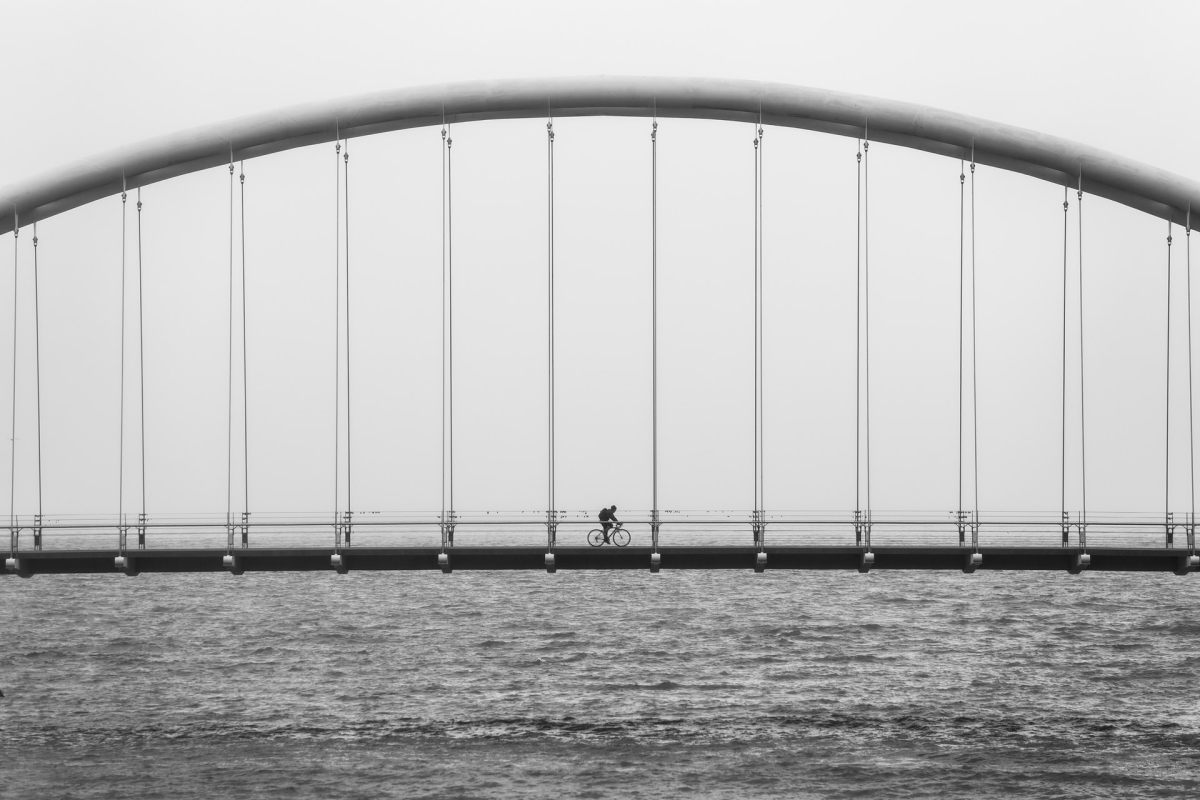Design philosophies tap into schools of thought that bring out the best in the design world. In the past, we’ve explored the top 10 design philosophies of all time, and today we circle back to determine which philosophies still hold true five and a half years later. Read on below to hear our fresh take.
1. Form Versus Function
This is an age-old debate in the design community (one that we’ve engaged in ourselves.) The consensus seems to be that function comes first, and form must serve a function, but there is always room for debate. Design concerns itself with the coolest color schemes and fonts, but first and foremost, designers are creating user experiences that solve a customer’s pain point. Whether that’s helping users send money to one another at the tap of a button or making a social media platform that only promotes healthy debate, baking in good design is always a good call. Still, the most important aspect is creating something that simply works.
When you bring in the customer’s perspective, you will realize just how intertwined form and function are. After all, would you buy a product that stood out as poorly designed next to its competitors? It’s unlikely unless you had heard rave reviews telling you to overlook the design because its features were worth it. What a product looks like conveys value to customers. While buying something simply based on form isn’t usually a good idea, the time and energy that the team put into designing it show customers that they should at least consider the product.
This is related to the aesthetic-usability effect, which has been researched extensively to understand form versus function. Researchers looking into design philosophies have concluded that “users are strongly influenced by the aesthetics of any given interface, even when they try to evaluate the underlying functionality of the system.” To put this another way: form and function are inextricably linked. This means that product and package design are essential to a company and product’s overall success.
Some products with cult followings that offer unbeatable value to customers can get away with a design that leaves something to be desired. The goal here is to find a balance between form and function. Form, of course, must serve a function and make the product even easier and enjoyable to use. As a product becomes more mature in the market, mastery of both form and function becomes more attainable.
2. Focus Matters
You can’t boil the ocean when creating a product. Instead, you have to drill down to the essence and determine the most essential features and functionalities. This dovetails nicely with the form versus function debate because it involves the team figuring out exactly what they want their product to be like. When the team is aligned on what they are creating and why they can move forward quickly toward their shared goal.
While the team will articulate why they are building this product according to their favorite design philosophies, customers will be able to fill in the “what.” All the subject matter expertise and good intentions in the world can’t make the perfect product. That’s because (unless the team makes up the target market) they might not have complete insight into what customers are dealing with and what they really need from a solution. Creating consistent channels of conversation with customers enables you to fully understand their pains and chart a path to building something that will delight them.
3. Keep it Simple
Listening to customers is key to the product development process, but it also produces way more ideas than you could ever build. This requires focus and also a commitment to creating a minimum viable product without getting distracted. Simple design will always have strong supporters because it gets rid of the clutter. On the customer side, they will have less features to wade through to make use of the product. This has an added bonus for the teams working on it because they won’t have to have quite so many sprints to create extraneous features that the customers are unlikely to use.
Getting to market quickly is a must in such a competitive global economy. Taking the time to add bells and whistles means that you will likely miss out on the first-mover advantage. No product is perfect at the time of launch. A number of compromises had to be made along the road to ship something decent by launch day. And that is more than just fine. It is the best course of action for innovative companies. It is much better than pushing out the date and launching a fully comprehensive product when consumers have been using an inferior but in-time product that meets enough of their needs to keep them as customers. Getting something good out into the market will make it possible to improve that product and gain enough traction to make it great over time through incremental innovation.
4. Keep Iterating
Stagnation is the worst thing that can happen in design. With technology ever-evolving, there is always a better material to use in hardware or a new design concept to bake into a software product. The best options we have today will pale in comparison to the tools and resources we have in 10 years. Due to that, the design will have to either keep up or (better yet) drive these innovations by pioneering their use and rise in popularity.
Excellent design is all about timeliness. It makes use of the best tools available and solves a current problem for customers. Beyond that initial launch, design teams need to keep up with changes in their market and technology, in general, to continue delivering the best to their customers. As conditions change, they will need to keep iterating to remain competitive and continue offering the best.
5. Aim to Delight
While form and function is one of the design philosophies that most designers have already heard of, delight is an area that needs to be discussed more often. Every product needs its points of differentiation when all else is equal. Apple products work exceptionally well and are designed beautifully, but the company doesn’t stop there. They work in little moments of delight for customers who are paying attention. These moments show attention to detail and an interest in surprising users, which is only possible once the product and design have been perfected.
Delight is the ultimate goal, but it requires designers to have first moved through all of the other aspects in the hierarchy of user needs. It is the cherry on top of the sundae after a full and balanced meal. The first rung in this hierarchy takes us back to functionality: does the product do what it says? Next, can users rely on it? If it only works sometimes, then it will never become ingrained into their workflow or lives. After reliability comes usability: can customers easily figure out how to work it? If those three requirements are met, then teams can start to focus on delighting customers. No matter how easy it might be to skip ahead to this step, it will be pointless. Delight is impossible without functionality, reliability, and usability firmly in place.
Closing Thoughts
Design philosophies that can stand the test of time boil down to the essence of what good design is. Design trends come and go, but the core tenets of the industry remain the same. Looking at popular products from previous decades shows this: they are focused on solving an issue for customers and accomplishing it by using the latest technology to create the simplest solution.
What design philosophies are essential to your design practice? Let us know by tweeting us @Protoio.
Proto.io helps you bring your idea to life in no time, with no coding skills required. It’s ideal for UX designers, entrepreneurs, product managers, marketers, students, and anyone with a great idea. Sign up for a free 15-day trial to start building your first prototype today!









